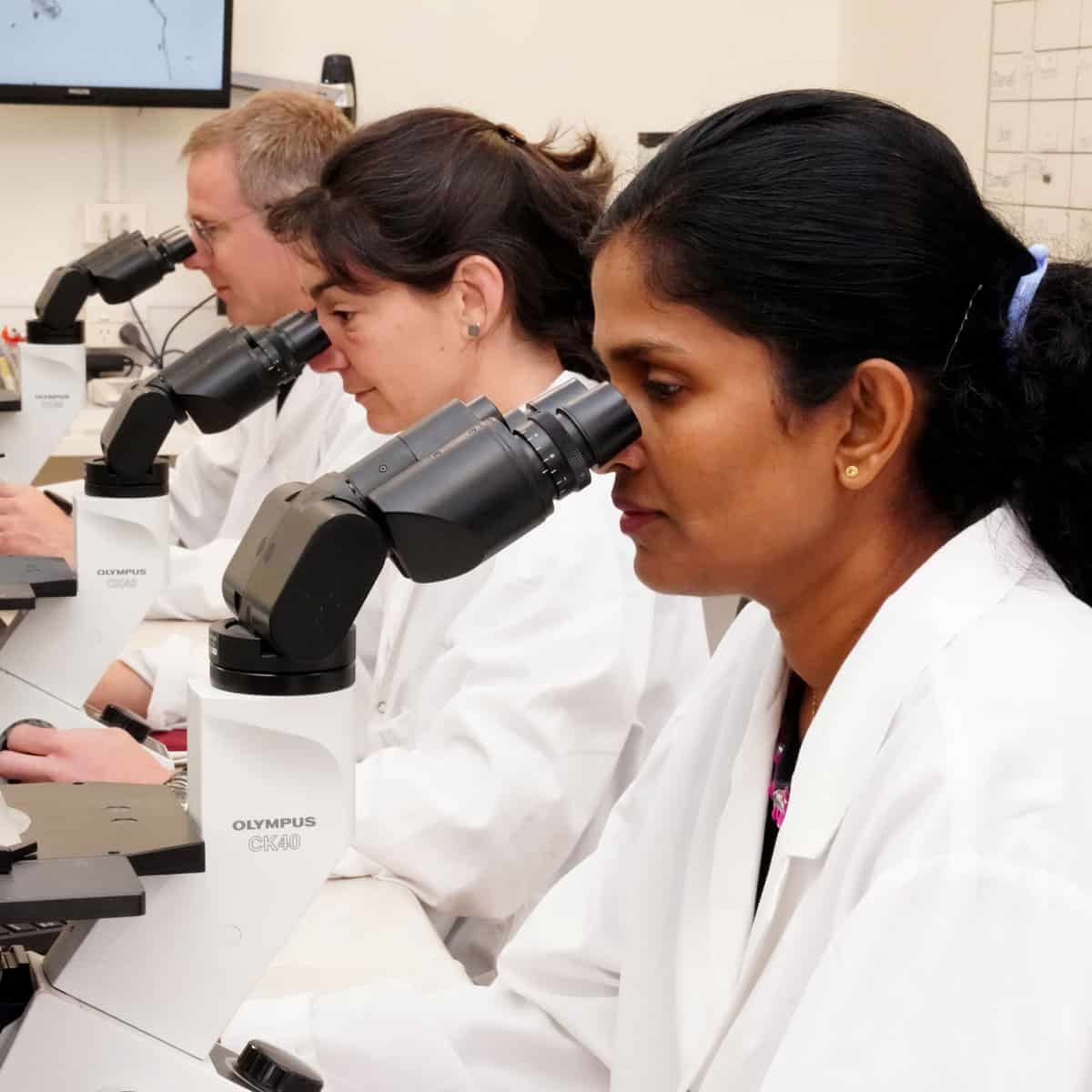Case Study: Seafood Safety Platform supports response to vibrio outbreak from New Zealand mussels
September 2020
The importance of the Seafood Safety Platform – funded by the Ministry for Business, Innovation and Employment (MBIE) though the Cawthron Strategic Science Investment Fund (SSIF) – was evident following the first outbreak of foodborne illness in New Zealand from Vibrio parahaemolyticus.
The outbreak occurred in May/June 2019 in commercially produced seafood. Around 30 people contracted gastroenteritis (vomiting and diarrhoea) after eating raw or lightly cooked Greenshell™ mussels grown in one aquaculture region and sold domestically.
Aquacultured Greenshell™ mussels are New Zealand’s largest seafood export species (33,000 tonnes worth $330 million were exported in 2019). Any damage to their reputation as a safe food item has repercussions for the whole industry. The Seafood Safety Platform supports the New Zealand seafood industry’s ongoing access to export markets through research to ensure safety.
As part of this Platform, Plant & Food Research scientists were able to assist in understanding the causes of the 2019 outbreak. The team had started looking at the potential of Vibrio bacteria in late 2010, despite there being no previous well documented cases of illness from contamination.

Vibrio bacteria are a natural part of the marine ecosystem. Under certain conditions (like warm seas of appropriate salinity) the organisms multiply. Bivalve molluscs (such as mussels and oysters) may concentrate the Vibrio bacteria in their digestive system and anyone who consumes this shellfish, inadequately cooked, can suffer gastroenteritis. Deaths and/or hospitalisaton from contamination are rare but gastroenteritis is unpleasant and reports of it detrimental to consumer demand for seafood.
Before the outbreak, research into Vibrio bacteria was undertaken with support of the mussel and oyster industries and identified seasonal risk periods (January-April) linked to seawater temperature, salinity and rainfall and differentiated between strains that contain the two known human pathogenicity marker genes (tdh and trh) and those that don’t. Strains containing the genes were usually present in low numbers whiles strains without the pathogenicity markers were relatively common in high numbers at times.
Given higher Vibrio numbers were present in oysters than mussels, and these are farmed differently, the researchers evaluated farming methods but found they made little difference to counts. Post-harvest storage conditions of oysters were also evaluated and, in keeping with international research, found that oysters stored at temperatures below 12°C do not grow Vibrio parahaemolyticus and that normal frozen storage (-18°C) for five months or more mitigates risks from contamination.
Following the first outbreak, recent studies using whole genome sequencing showed that most Vibrio strains in New Zealand are of sequence types not recorded overseas.
Genomic studies carried out by ESR showed that the 2019 outbreak strain contained both pathogenic marker genes. This is a rarity in New Zealand and was of sequence type 36 (ST36), a pandemic strain not previously detected here. The research team, commissioned by MPI, evaluated and implemented a specific test for this strain and between January-June 2020 carried out a survey of oysters and mussels. Although the programme was partly interrupted due to COVID-19, no ST36 was detected.
In June 2020, a second outbreak occurred from mussels, caused by a strain with a different sequence type that also contained both virulence genes. Extra sampling was carried out to detect this combination and a culture was isolated from one of the samples. However, counts were very low suggesting three possibilities. First, the strains have high virulence. Second, the outbreak occurred in higher numbers in specific locations within the growing area and the sampling plan missed these. Third, possibly the mussels were subject to significant post-harvest temperature abuse, enabling the organism to multiply prior to consumption.
The research team continues to work with MPI and the shellfish industry to determine appropriate responses to protect consumer health and the value of the industry by preventing future outbreaks of illness from Vibrio. The resources of the Seafood Safety Platform are now also focused on understanding what unique factors enabled the outbreak strains to cause outbreaks when many other strains did not.